Friend scrapped a Defy Auto Front loader washing machine, some 30 years old.
Motor and Cap came my way, but no idea how to wire it.
It is a 240V AC single phase motor, 2 speed and the slow speed has forward and reverse.
From the wiring I received the White wire seems to be Neutral as it has several spade connectors attached so assume it went to all the switched and elements and thing.
This is the cap that came with it.
By doing the internet search I found out the Run winding has the lower resistance and the start winding the higher resistance.
This seem to work as I found the fast speed (9 Ohm) and the slow speed (26 Ohm) but do not start by itself and then if I connect the cap over any one of the high resistance coils it starts but causes a fairly loud hum.
Please I need help as this motor will really be helpful with that rather low 450RPM. Any more info of pics will be no problem.


 LinkBack URL
LinkBack URL About LinkBacks
About LinkBacks
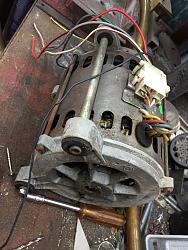
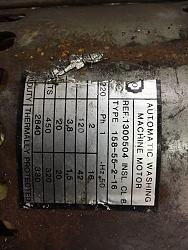
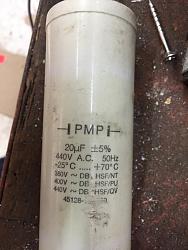
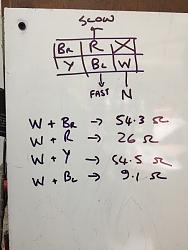


 Reply With Quote
Reply With Quote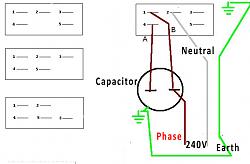




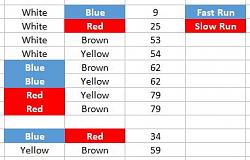

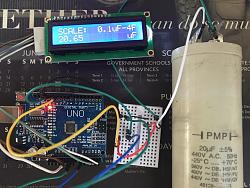



Bookmarks